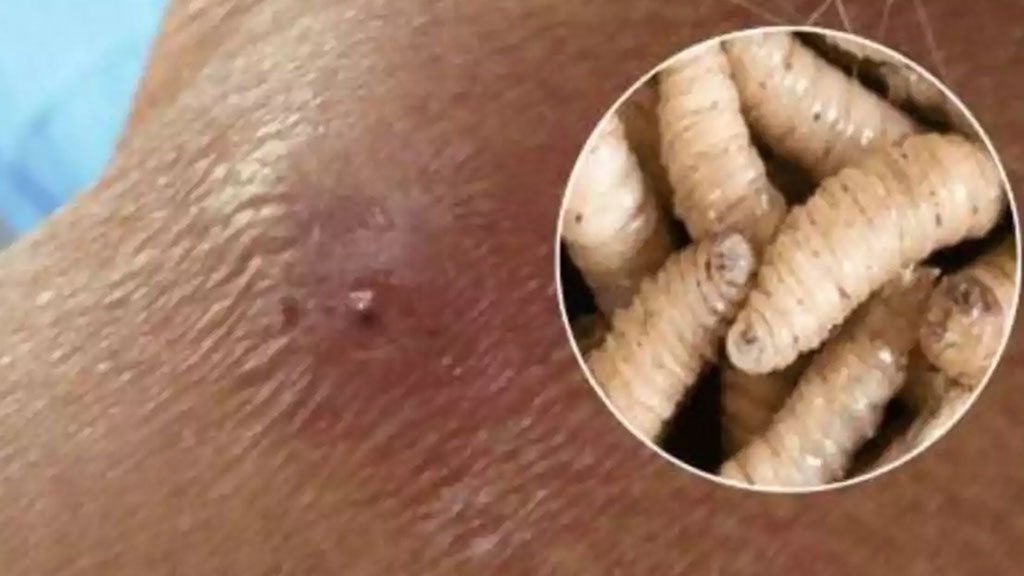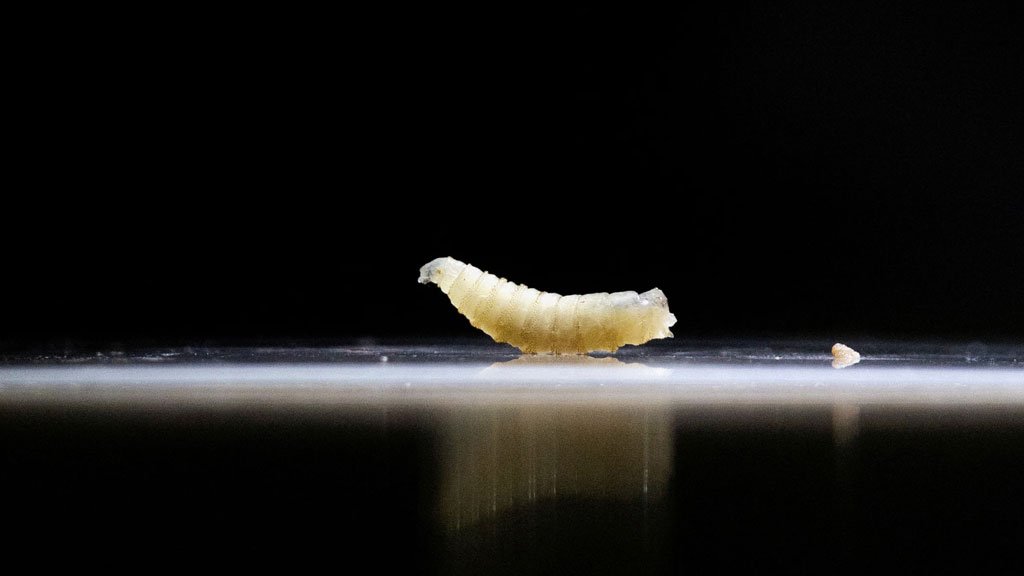Flesh-Eating Parasite Detected in Traveler from Central America
The U.S. Department of Health and Human Services (HHS) has confirmed the first human case of travel-associated New World screwworm in the United States. The case, identified in Maryland, involves a patient who had recently returned from El Salvador.

The Centers for Disease Control and Prevention (CDC) confirmed the diagnosis on August 4, following a joint investigation with the Maryland Department of Health.
Here’s the Albert Einstein’s timeless career advice: stay curious, embrace learning, and follow your passion.
What Are Screwworms?

Screwworms are parasitic flies whose females lay eggs in open wounds of warm-blooded animals. Once hatched, larvae burrow into living flesh, feeding in a corkscrew-like pattern—hence the name. If left untreated, the infestation can be fatal.
Though rare in humans, screwworms can cause severe damage. Treatment involves the manual removal of larvae and full wound disinfection. Early treatment typically ensures survival.
Conflicting Reports on Country of Origin
Although HHS identified El Salvador as the origin of the infection, earlier reports from the beef industry suggested the patient had traveled from Guatemala. HHS spokesperson Andrew G. Nixon declined to clarify the discrepancy.
Despite the confusion, Nixon emphasized that the risk to public health remains very low. So far, there have been no confirmed animal cases in the U.S. this year.
Industry Concerns Grow
Livestock producers and traders are increasingly worried. Screwworm outbreaks can devastate cattle populations, and the parasite has been spreading north from Central America and southern Mexico since 2023.
The U.S. Department of Agriculture (USDA) estimates that a potential outbreak in Texas alone could result in $1.8 billion in economic losses, including livestock deaths, treatment costs, and labor expenses.
Lack of Transparency Criticized
Beth Thompson, South Dakota’s state veterinarian, said the CDC did not initially inform state-level animal health officials. “We had to go to the CDC to ask what was going on,” she told Reuters. The CDC later deferred confirmation to Maryland health authorities.
A Maryland state official also confirmed the case, though the Maryland Department of Health has yet to issue a formal statement.
Efforts to Contain the Pest
USDA Secretary Brooke Rollins recently announced plans to build a sterile fly production facility at Moore Air Force Base in Edinburg, Texas. The facility is expected to take two to three years to become operational.
The only current production plant is in Panama City, capable of producing 100 million sterile flies per week. However, USDA experts estimate that at least 500 million sterile flies are needed weekly to push screwworm populations back to the Darien Gap, the rainforest border between Panama and Colombia.
Mexico’s Response and Ongoing Border Closures
In July, Mexico reported a new screwworm case in Ixhuatlan de Madero, about 370 miles south of the U.S. border. In response, the USDA ordered another halt to livestock imports from Mexico through southern ports of entry. Previous suspensions took place in November and May.
Mexico is also building a $51 million sterile fly production facility in its southern region to combat the outbreak.
Cattle Market Impact
The U.S. cattle herd is currently at its smallest in seven decades, and beef prices are at record highs. A screwworm outbreak could have a major impact on the market.
Despite the low public health risk, industry leaders are frustrated by what they see as slow responses and lack of transparency from federal agencies. A livestock economist at Texas A&M University has been tasked with evaluating the potential impact of ongoing trade restrictions.
Background: Screwworm Eradication History
The U.S. successfully eradicated screwworms in the 1960s by releasing sterilized male flies, a method that prevents reproduction and reduces the parasite’s population.
Today, the threat is back. Screwworms are still endemic in several countries, including Cuba, Haiti, the Dominican Republic, and parts of South America.








